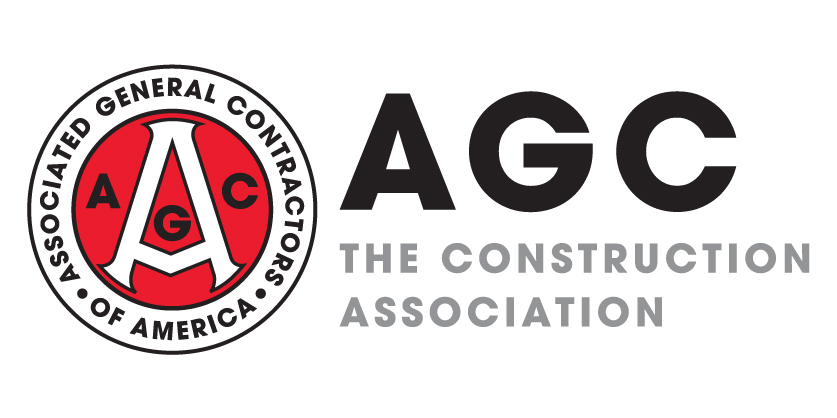
Nonfarm payroll employment in July increased by 164,000, seasonally adjusted, from June and by 2,256,000 (1.5%) year-over-year (y/y) from July 2018, BLS reported on July 5. The unemployment rate was 3.7%, unchanged from June. Construction employment rose by 4,000 for the month and 202,000 (2.8%) y/y to 7,505,000, the highest mark since November 2007. Although construction employment grew nearly twice as fast as overall employment, the industry's growth rate was the slowest in six years. Average hourly earnings in construction rose 2.8% y/y to $30.75, 9.9% above the average for all private-sector employees ($27.98, a 3.2% y/y increase). The unemployment rate in construction, not seasonally adjusted, increased from 3.4% in July 2018 to 3.8%, which was nevertheless the second-lowest July rate since the series began in 2000. The number of unemployed jobseekers with construction experience rose to 386,000 from 333,000 in July 2018. (Not-seasonally-adjusted data varies with normal weather and holiday patterns and thus should not be compared to levels in other months.) Contractors are invited to fill out the 2019 Autodesk and AGC of America Workforce Survey, to be released on August 27.
Construction spending totaled $1.287 trillion at a seasonally adjusted annual rate in June, 1.3% below the upwardly revised May rate and down 2.1% from June 2018, the Census Bureau reportedConstruction employment, not seasonally adjusted, increased between June 2018 and June 2019 in 253 (71%) of the 358 metro areas (including divisions of larger metros) for which BLS provides construction employment data, fell in 61 (17%) and was unchanged in 44, according to an analysis AGC released on Wednesday. (BLS combines mining and logging with construction in most metros to avoid disclosing data about industries with few employers.) The largest gains again occurred in Phoenix-Mesa-Scottsdale (13,200 construction jobs, 11%) and the Los Angeles-Long Beach-Glendale division (11,400 construction jobs, 8%), followed by the Dallas-Plano-Irving division (8,800 combined jobs, 6%); Atlanta-Sandy Springs-Roswell (8,000 construction jobs, 6%) and the Nassau County-Suffolk County, N.Y. division (7,600 combined jobs, 9%). The largest percentage gain occurred in Auburn-Opelika, Ala. (24%, 600 combined jobs), followed by Pocatello, Idaho (18%, 300 combined jobs); Camden, N.J. (4,000 combined jobs, 17%) and Spokane-Spokane Valley, Wash. (2,400 combined jobs, 16%). The largest job losses again occurred in Baton Rouge, La. (-5,400 construction jobs, -9%), the Chicago-Naperville-Arlington Heights division (-2,500 jobs, -2%) and Charlotte-Concord-Gastonia, N.C.-S.C. (-2,400 combined jobs, -4%). The largest percentage loss occurred in Atlantic City-Hammonton, N.J. (-15%, -1,000 combined jobs), followed by Longview, Texas (-10%, -1,500 combined jobs) and Baton Rouge. Construction employment reached a record high for June in 63 metros (dating back in most areas to 1990); three areas set a new June low.
The National Association for Business Economics reported on Monday that only 48% of 115 corporate and association economists in its latest quarterly survey expect growth of inflation-adjusted gross domestic product (real GDP) to exceed 2% from Q2 2019 to Q2 2020. That share is down from 53% of respondents who expected real GDP growth to exceed 2% in the previous survey, which covered the outlook from Q1 2019 to Q1 2020. Of the 55 respondents to a question regarding expected capital spending on structures at their firms in the next three months, 29% expect an increase and 13% expect a decrease. The difference between these shares—a net positive reading of 16%—was the most positive since January 2015.




